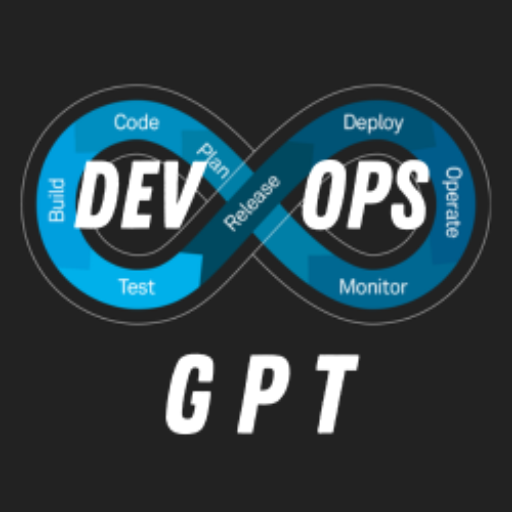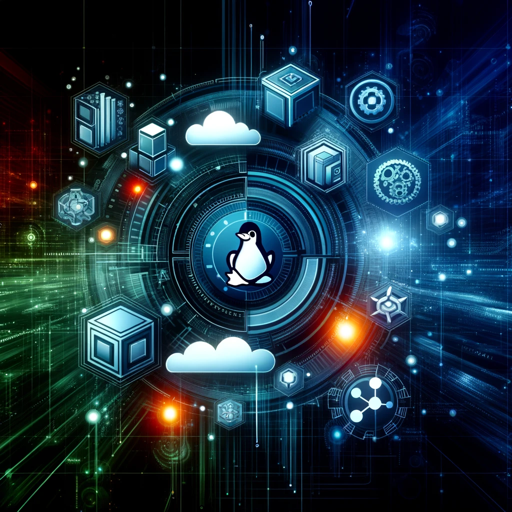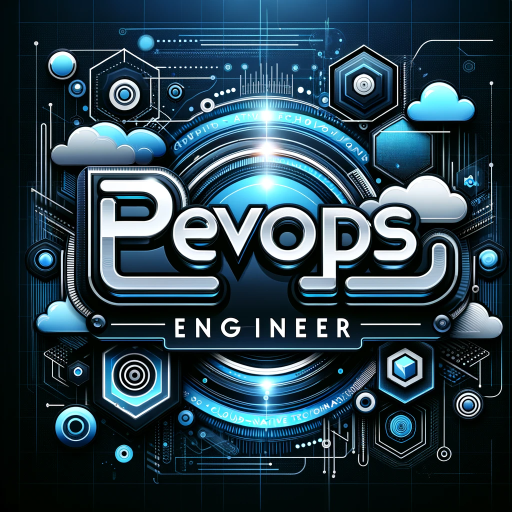MLOps & DevOps-MLOps & DevOps Platform
AI-powered MLOps & DevOps Solutions
How can I optimize my data pipeline?
What's the best practice for ML model deployment?
Can you review my MLOps workflow?
Suggestions for automating ML processes?
Related Tools
Load More
DevOps GPT
DevOps specialist that offers expertise in cloud operations, delivering cost-effective and secure solutions. An expert that excels in solving challenges, providing accurate guidance on Bash, AWS, Terraform, Kubernetes (K8S), Open Source, Helm, Linux Shell

DevOps GPT
AI coding expert for all cloud operation needs. Responds concisely with cost efficient and secure practices.
Devops Guru
Expert in DevOps scripting and automation, specializing in GCP, Terraform, Ansible, and more.

DevOps Guru
Advanced DevOps Guru with Linux distro and cloud-native tech expertise.

DevOps Engineer
DevOps engineer specializing in automation advice and strategies. The focus of this GPT is the cloud native technologies like Kubernetes, ArgoCD, GitOps methods, GitHub actions, KEDA and others. Read articles on devoriales.com

DevOps Guru
DevOps Solutions Architect specializing in GitLab, Azure, AWS, CICD, Python, and mobile environments.
20.0 / 5 (200 votes)
Introduction to MLOps & DevOps
MLOps (Machine Learning Operations) and DevOps (Development Operations) are practices aimed at enhancing the efficiency, reliability, and speed of software and machine learning (ML) development and deployment. MLOps focuses on the end-to-end management of ML models, from development to production, ensuring continuous integration and delivery (CI/CD), monitoring, and scalability. DevOps, on the other hand, emphasizes collaboration between development and operations teams to automate and streamline the software development lifecycle (SDLC). Both practices aim to reduce the time between writing code and running it in production, ensuring higher quality and reliability. For example, a financial services company might use MLOps to maintain and update predictive models for credit risk assessment, while using DevOps to manage the infrastructure and deployment pipelines for their banking applications.

Main Functions of MLOps & DevOps
Continuous Integration and Continuous Deployment (CI/CD)
Example
Using tools like Jenkins, GitLab CI, or CircleCI to automate the integration and deployment of code changes.
Scenario
A retail company uses CI/CD pipelines to quickly release updates to their e-commerce platform, ensuring new features and bug fixes are deployed without disrupting the user experience.
Infrastructure as Code (IaC)
Example
Employing tools like Terraform or Ansible to manage and provision infrastructure through code.
Scenario
A healthcare organization uses IaC to ensure their cloud infrastructure is consistent, scalable, and easy to manage, enabling rapid deployment of new services and applications.
Monitoring and Logging
Example
Implementing monitoring tools like Prometheus, Grafana, and ELK Stack (Elasticsearch, Logstash, Kibana) to track application performance and log data.
Scenario
An online streaming service monitors its platform to detect performance bottlenecks and errors in real-time, ensuring a seamless viewing experience for users.
Ideal Users of MLOps & DevOps Services
Data Scientists and ML Engineers
These professionals benefit from MLOps by having a streamlined process for developing, testing, and deploying machine learning models. They can focus on model development while MLOps handles operational concerns such as scalability, monitoring, and versioning.
Software Developers and IT Operations Teams
These groups leverage DevOps to improve collaboration and automate the software delivery process. DevOps practices help them achieve faster release cycles, higher quality code, and more reliable infrastructure management.

Steps to Use MLOps & DevOps
1
Visit aichatonline.org for a free trial without login, also no need for ChatGPT Plus.
2
Familiarize yourself with the platform's interface and available tools. Ensure you understand the basic concepts of MLOps and DevOps, including continuous integration, continuous deployment, and machine learning lifecycle management.
3
Set up your development environment by connecting your code repositories, data sources, and cloud infrastructure. Make sure you have the necessary permissions and access rights to these resources.
4
Begin by creating and deploying small, simple models to get a feel for the workflow. Use the platform's automation features to streamline your pipeline, from data preprocessing to model deployment and monitoring.
5
Continuously monitor the performance of your models and pipelines. Utilize the platform’s tools for logging, debugging, and optimizing your workflows to ensure efficient and reliable operation.
Try other advanced and practical GPTs
Blue Willow Sage
AI-powered Qinghua Ci Art Generator

Story Mentor
AI-driven guidance for storytellers

情绪疗愈助手
AI-powered emotional healing and support.

The Reply Guy
AI-Powered Roasts and Illustrations

Oxford Writer's Aid
AI-powered tool for perfect writing.

Sloth roasted my landing page
AI-powered landing page optimization.

Pulse News
AI-powered news, anytime, anywhere.

Computer Vision Developer
AI-Powered Assistance for Computer Vision Projects

Sketch Buddy
AI-powered Cute Sketch Creator

Choose your own adventure
AI-powered adventures: You decide the journey.

KQL Query Helper
AI-powered KQL Query Assistant

Daily Techs
AI-powered technology insights and news.

- Data Management
- Performance Monitoring
- Model Deployment
- CI/CD Integration
- Pipeline Automation
MLOps & DevOps Q&A
What are the primary benefits of using MLOps & DevOps?
The primary benefits include streamlined workflows, enhanced collaboration between teams, automated processes, improved model reliability and performance, and faster deployment cycles.
How can I integrate MLOps into my existing DevOps practices?
You can integrate MLOps into your existing DevOps practices by extending your CI/CD pipelines to include machine learning workflows, incorporating data validation steps, automating model training and testing, and setting up monitoring and alerting for deployed models.
What tools are commonly used in MLOps & DevOps?
Common tools include Git for version control, Jenkins or GitHub Actions for CI/CD, Docker and Kubernetes for containerization and orchestration, MLflow for tracking experiments, and cloud services like AWS, GCP, or Azure for scalable infrastructure.
How do you handle model versioning in MLOps?
Model versioning is handled by tracking changes to model code, data, and parameters. Tools like MLflow or DVC (Data Version Control) can help manage these versions, ensuring reproducibility and traceability throughout the model lifecycle.
What are the key metrics to monitor in an MLOps pipeline?
Key metrics include model accuracy, precision, recall, F1 score, latency, throughput, resource utilization, and error rates. Monitoring these metrics helps ensure models perform as expected in production environments.